30 Major Events That Also Happened on July Fourth

For most Americans, July 4th is synonymous with Independence Day. However, the adoption of the Declaration of Independence wasn’t the only important historical event to take place on that date.
For example, July 4th marks the announcement of the Louisiana Purchase, the opening day of the United States Military Academy at West Point, and even the day Hotmail went live. And that’s not all. Herein, we’ve rounded up the 30 most significant historical events that took place on the fourth day in July in the past 220 years.
1
1802: The U.S. Military Academy at West Point officially opens.

First announced by newly-minted president Thomas Jefferson a year earlier, the United States Military Academy (USMA) in West Point, New York, officially opened on July 4, 1802. In its early days, this now-prestigious school got off to a rocky start. There was no strict curriculum or length of study, and the students ranged in age from 10 to 37 years old.
2
1803: Thomas Jefferson announces the Louisiana Purchase.
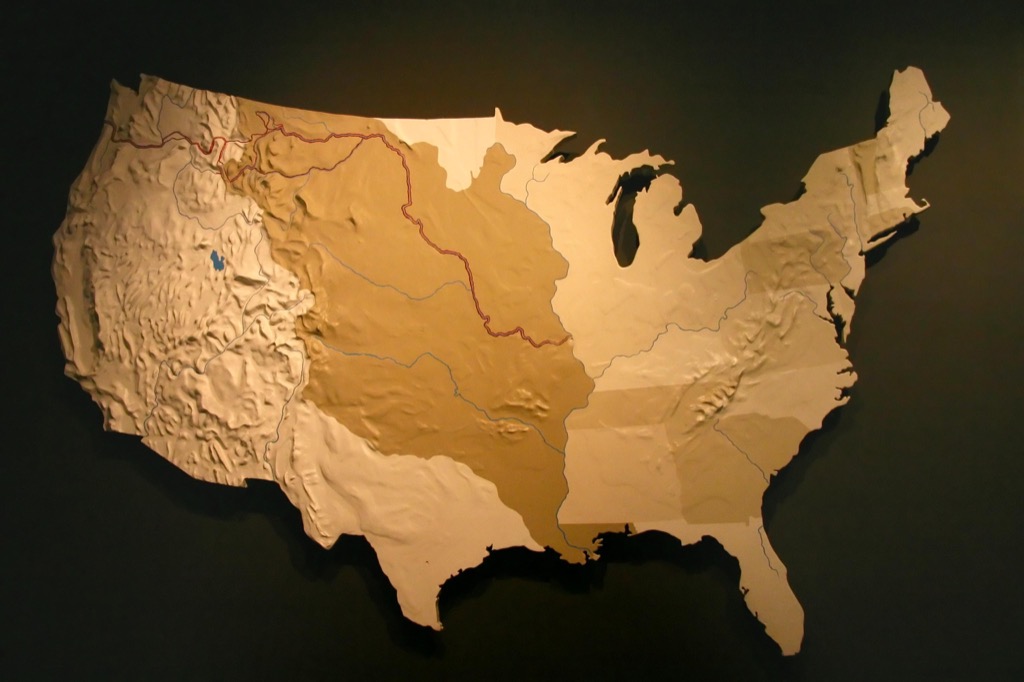
The Louisiana Purchase Treaty was actually signed on April 30, 1803. But it wasn’t announced to the American people until more than a month later on July 4th. For $15 million, the United States acquired approximately 827,000 square miles of land to the west of the Mississippi River.
3
1817: Construction begins on the Erie Canal.
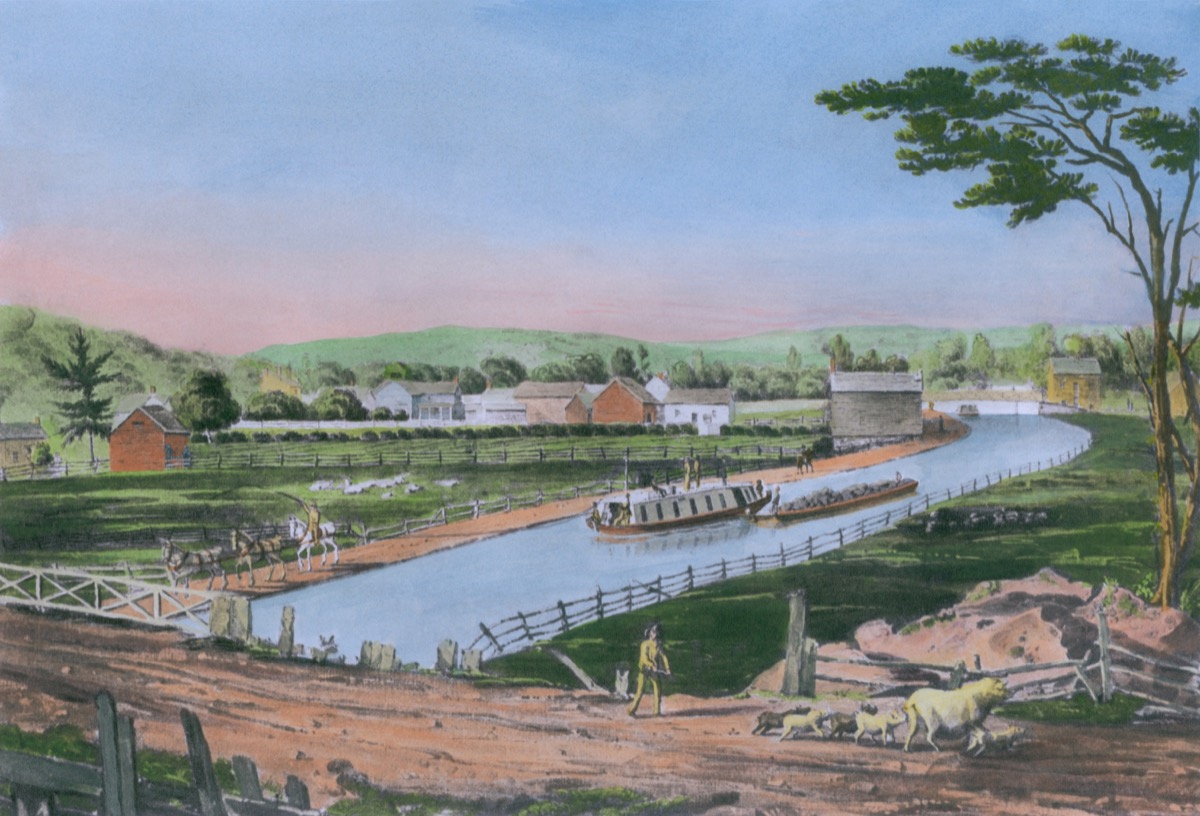
On July 4, 1817, workers broke ground on the Erie Canal in Rome, New York, led by chief engineer James Geddes. The waterway, which would extend 363 miles from the Great Lakes to the Hudson River by the time it was completed in 1825, would go on to transform the nation’s economy. By 1853, it carried 62 percent of all U.S. trade, according to the History Channel.
4
1826, 1831: Thomas Jefferson, John Adams, and James Monroe die.
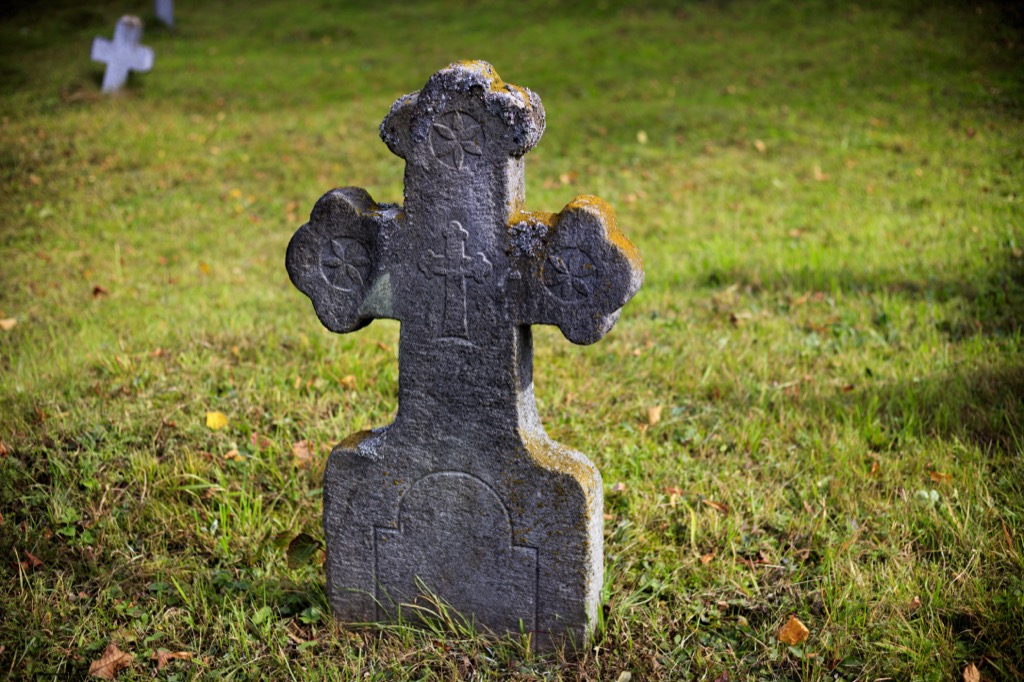
Thomas Jefferson, John Adams, and James Monroe—the 2nd, 3rd, and 5th presidents of the United States, respectively—all died on the Fourth of July. In fact, Jefferson and Adams, who were legendarily political adversaries, both died on the same day: July 4, 1826.
5
1826: “Oh! Susanna” composer Stephen Foster is born in Lawrenceville, Pennsylvania.
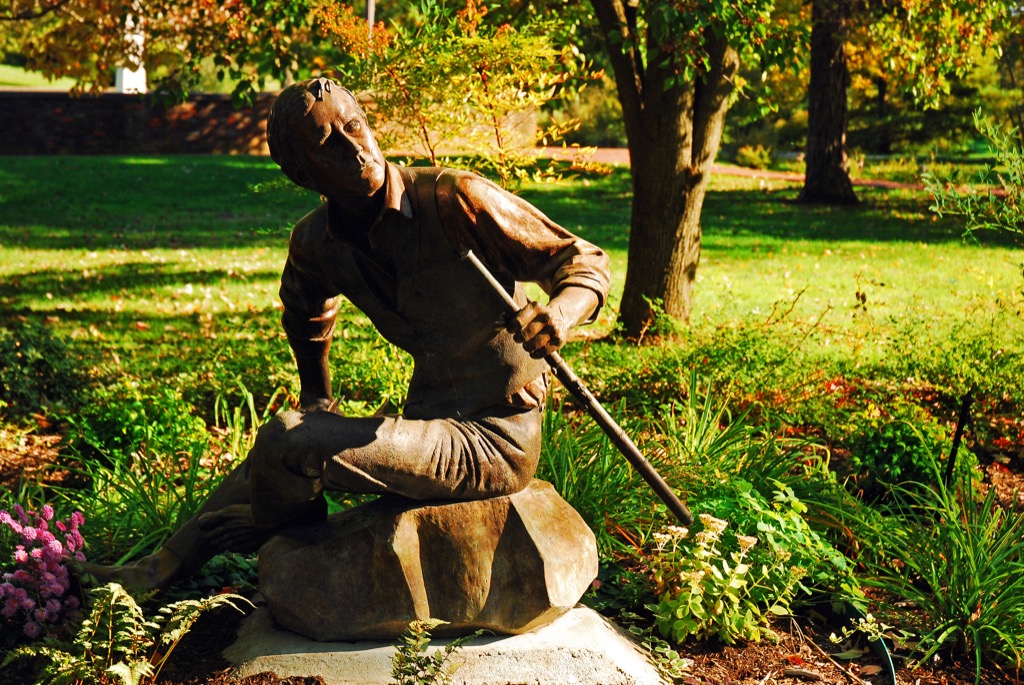
Later nicknamed “the father of American music,” Stephen Foster was one of the great composers of parlor and minstrel music. Foster wrote hundreds of songs, but “Oh! Susanna” and “Beautiful Dreamer” are among his best known.
6
1827: New York City abolishes slavery.
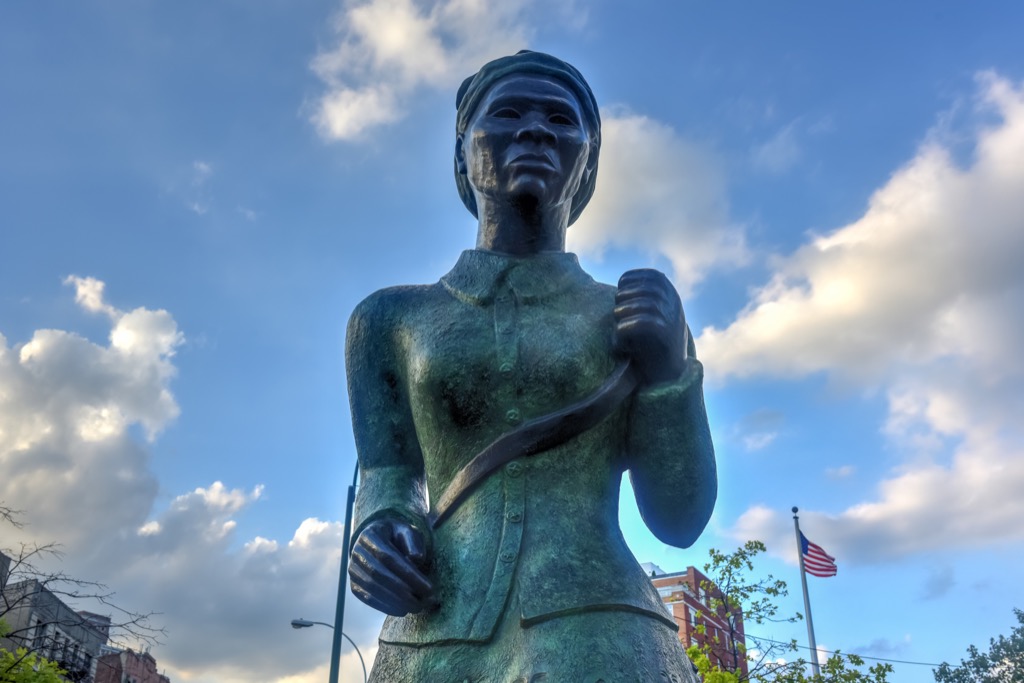
New York once had the second largest slave population in the United States: By 1730, 42 percent of the population owned slaves, according to the New York Public Library. While the state had passed a law shortly following the Revolutionary War ordering the gradual abolition of slavery, the slaves were not freed until July 4, 1827. This paved the way for the eventual abolition of slavery in all of the U.S.
7
1828: Construction begins on the first U.S. passenger railroad.

The first fare-paying, passenger railway service in the world was the Swansea and Mumbles Railway in Swansea, Wales in 1807. The U.S. was just a couple of decades behind, and on July 4, 1828, workers broke ground on the Baltimore & Ohio Railroad (also called the B&O) at Baltimore Harbor in Maryland. Charles Carroll, the last surviving signer of the Declaration of Independence, laid the first stone at the site, according to America’s Library. The first section opened in 1830; it charged 9 cents for a one-way, 1.5-mile journey.
8
1831: “My Country, ‘Tis of Thee” is performed for the first time.

Theology student Samuel Francis Smith wrote the lyrics to “America” (as the song was first named) in 1831 at the request of his friend, church-music composer Lowell Mason, according to the Gilder Lehrman Institute of American History. Impressively, the lyrics took Smith just 30 minutes to write, and were put to the melody of the national anthem in the United Kingdom, “God Save the Queen.” The song was first performed by a children’s choir at an Independence Day celebration that year at Park Street Church in Boston, Massachusetts.
9
1845: Texas agrees to become a member of the United States.
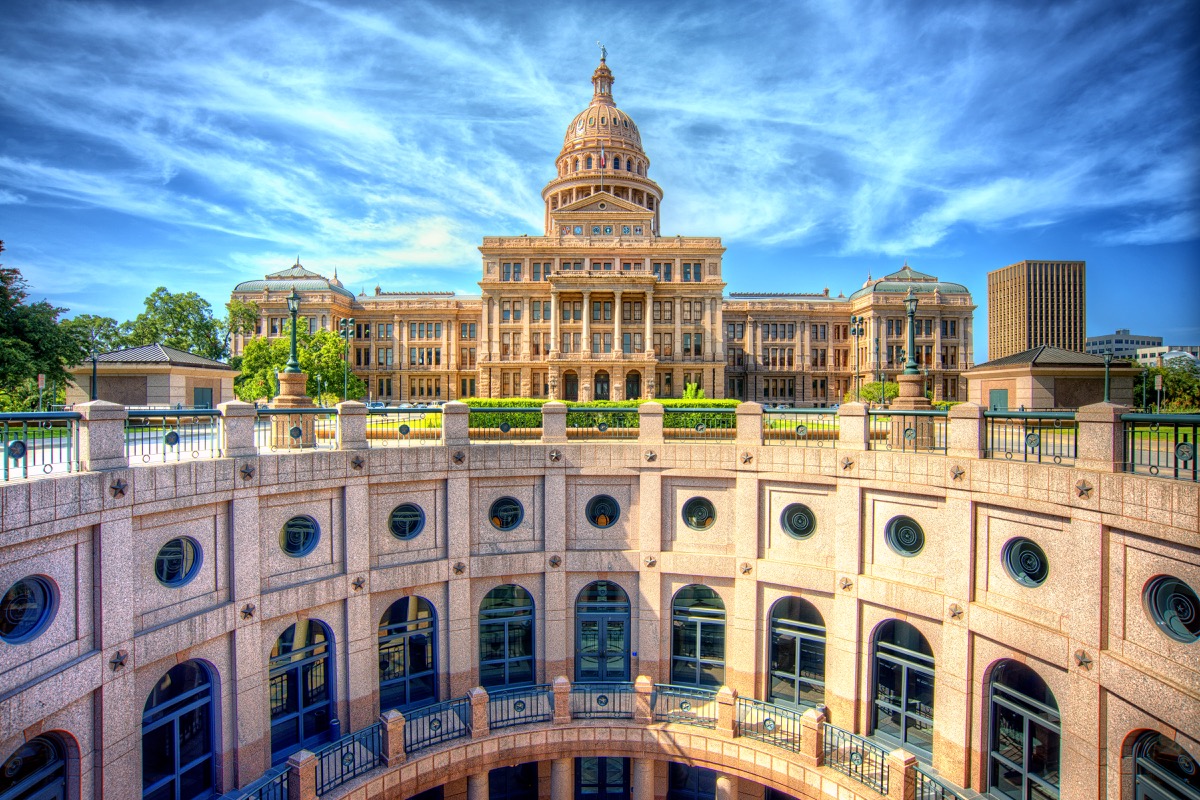
Before Texas became a member of the United States, it was its own country: the Republic of Texas. (And before that, it had been claimed by Spain, France, and Mexico.) But in 1845, things began to change, and on July 4th of that year, the Texas Congress passed an ordinance agreeing to an annexation offer from the Union.
The citizens of Texas approved the annexation ordinance on October 13, 1845, and on December 29, 1845, President James Polk made the former republic an official state. On February 14, 1846, Texas formally relinquished its sovereignty to the U.S.
10
1845: Henry David Thoreau moves into a small cabin that sparks his career.
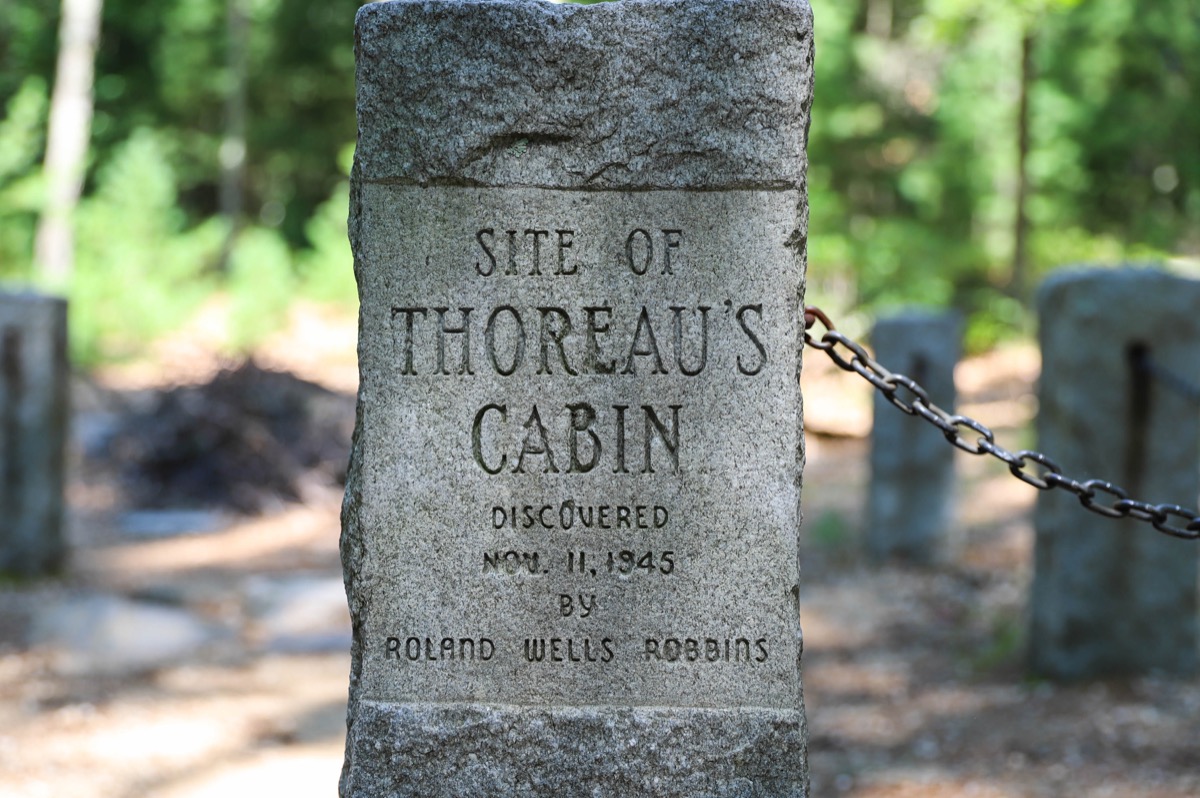
On July 4, 1845, Henry David Thoreau moved into a small cabin near Walden Pond in Concord, Massachusetts, according to Smithsonian. It was here that Thoreau wrote his first published works. Walden, one of the more famous pieces, was a documentation of his newfound simplistic lifestyle, and later played a key role in the environmental movement.
11
1855: Walt Whitman publishes the first edition of his poetry collection Leaves of Grass.
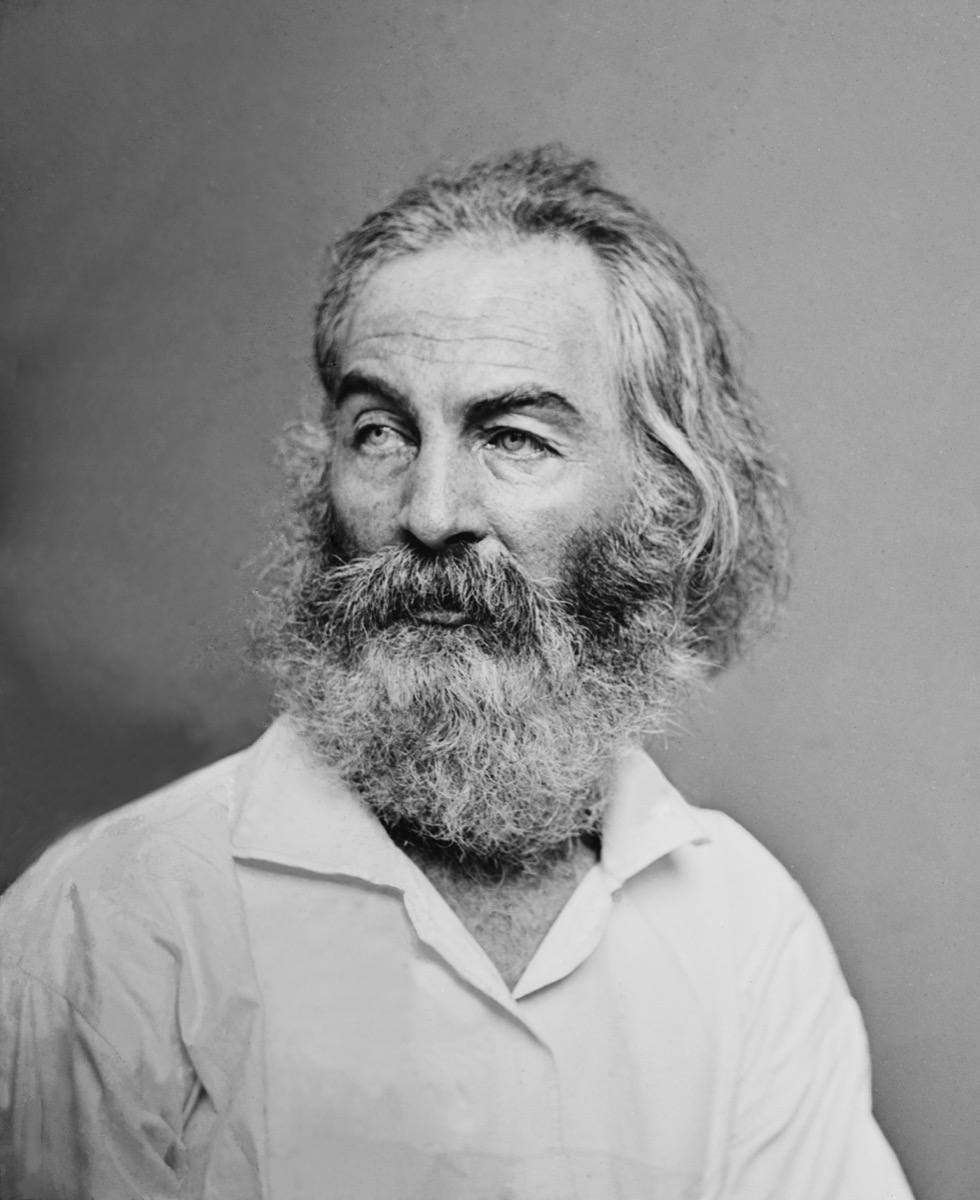
Throughout his career, American poet Walt Whitman released various iterations of his famed poetry collection Leaves of Grass, but the first edition was published out of a small Brooklyn print shop on July 4, 1855. That initial collection included just 12 poems, whereas the final edition from 1892 included more than 300.
12
1862: The idea for Alice in Wonderland is conceived.
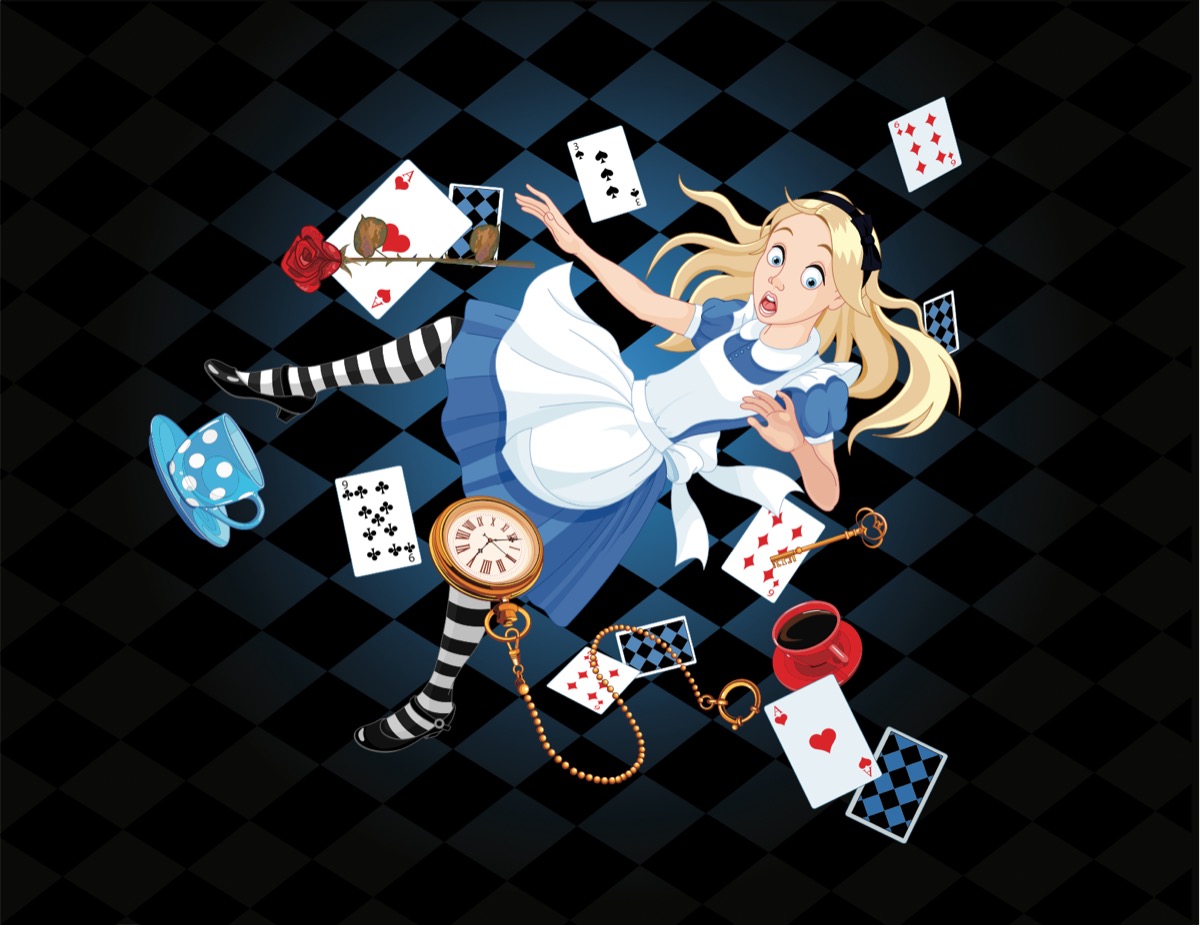
On July 4, 1862, an obscure mathematics lecturer named Charles Lutwidge Dodgson set out on a rowboat excursion on the River Isis to the town of Godstow in Oxfordshire, United Kingdom. Dodgson, who went by the pen name Lewis Carroll, was joined by the three young daughters of Dean Henry Liddell. The girls begged for him to tell them a story as they floated down the river. Dodgson obliged, spinning the youngest, Alice Liddell, into the story. Thus, Alice in Wonderland was born. The book was published on November 26, 1865.
13
1863: General Lee’s army withdraws from Gettysburg.

The three-day Battle of Gettysburg claimed the lives of more than 50,000 men, making it the deadliest battle of the Civil War. Fortunately, the carnage ended on July 3, 1863. That was when General Robert E. Lee ordered the Pickett-Pettigrew-Trimble assault, commonly referred to as Pickett’s Charge. The attack cost him thousands of casualties and the general was forced to withdraw his battered army on July 4th. According to the Library of Congress, the battle is largely considered the turning point of the war; the Confederate forces never fully recovered.
14
1870: Independence Day is celebrated as a federal holiday.
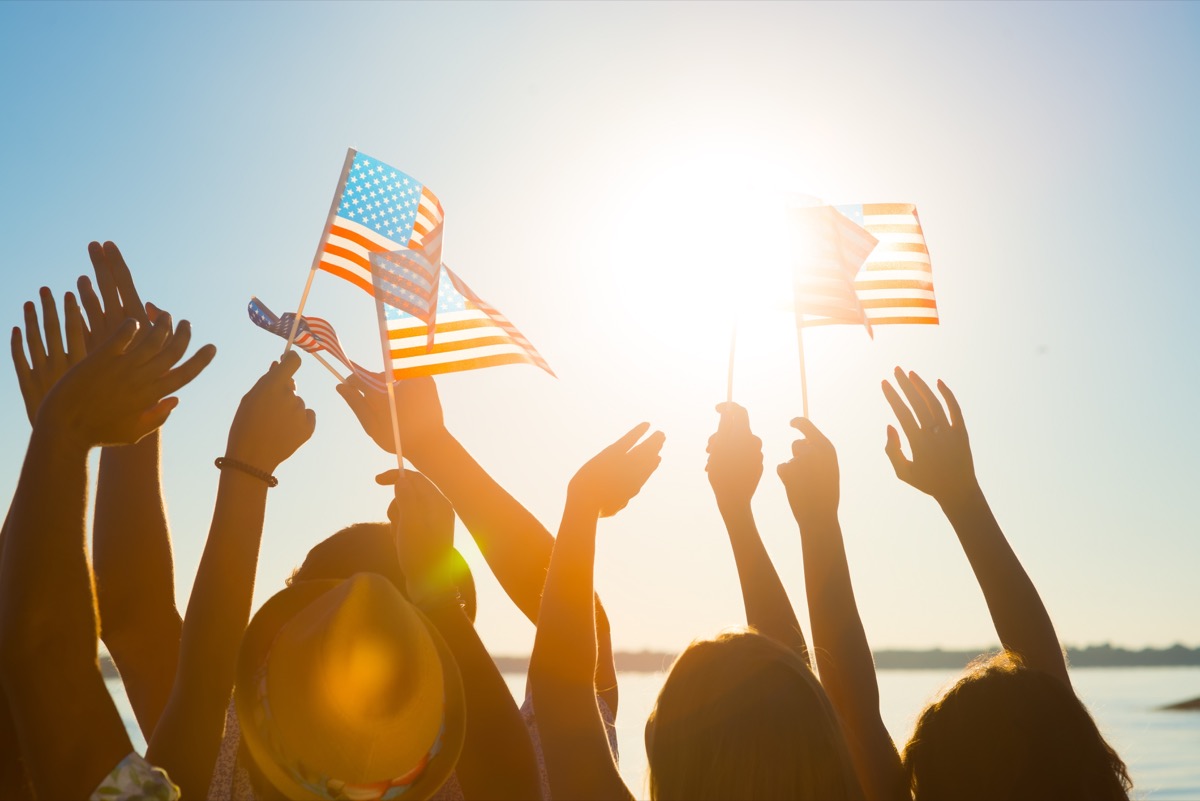
For decades, American citizens had celebrated their independence on July 4th. However, it wasn’t until June 28, 1870, that the U.S. government made Independence Day a federal holiday. That made that year’s Fourth of July the first one that was celebrated as a federal holiday.
15
1883: Cartoonist Rube Goldberg is born.
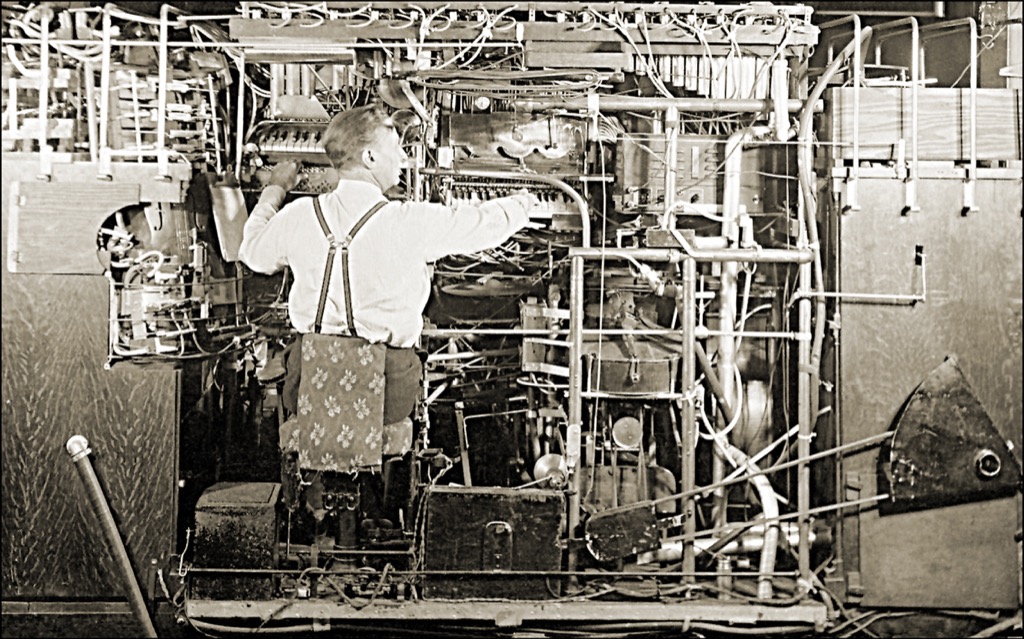
Reuben Garrett Lucius Goldberg was the first president and one of the founders of the National Cartoonists Society. He is best known for his eccentric cartoons of unnecessarily complicated machines meant to complete simple tasks—for example, a 40-step series of levers and pulleys that ultimately lead to something as simple as, say, turning on the faucet. These are now known as Rube Goldberg machines.
16
1884: The Statue of Liberty is presented to the United States in Paris.

Since its arrival in New York Harbor, the Statue of Liberty has stood as a welcoming symbol for immigrants who come to America seeking a new life. But of course, this beacon of freedom hasn’t always been there. In fact, the statue didn’t make its first full appearance in the Big Apple until June 17, 1885.
The significance of the Fourth of July to the statue goes back even further. It was on July 4, 1884, that the Statue of Liberty was presented by the Franco American Union to the U.S. ambassador to France, Levi Morton, according to the National Constitution Center. Lady Liberty was then taken apart and shipped to the U.S. aboard the French Navy ship, the Isère.
17
1892: July 4th happens twice.

The year 1892 was a leap year, and so it had 366 days instead of the typical 365. However, Western Samoa made a change to its time zone that year, thus shifting where the country fell with regard to the International Date Line. As a result, in 1892, Western Samoa had two July 4ths back-to-back, for a total of 367 calendar days that year.
18
1894: Hawaii becomes a republic.
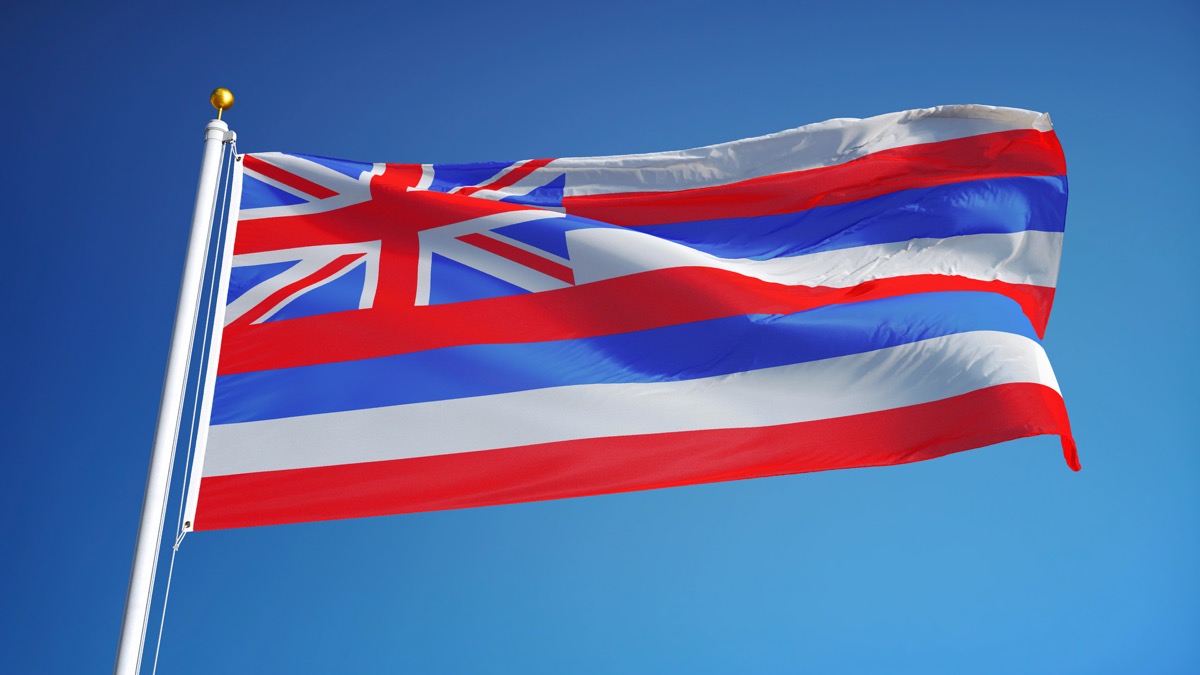
For Hawaii, July 4th has a double significance. The day marks the creation of the Republic of Hawaii through the proclamation of its Constitution, as well as the creation of the United States through the Declaration of Independence. The Republic of Hawaii existed from July 4, 1894, to August 12, 1898, when it was annexed as a territory of the U.S. Hawaii became an official state on June 14, 1900.
19
1910: Jack Johnson defeats Jim Jeffries in a highly anticipated boxing match.
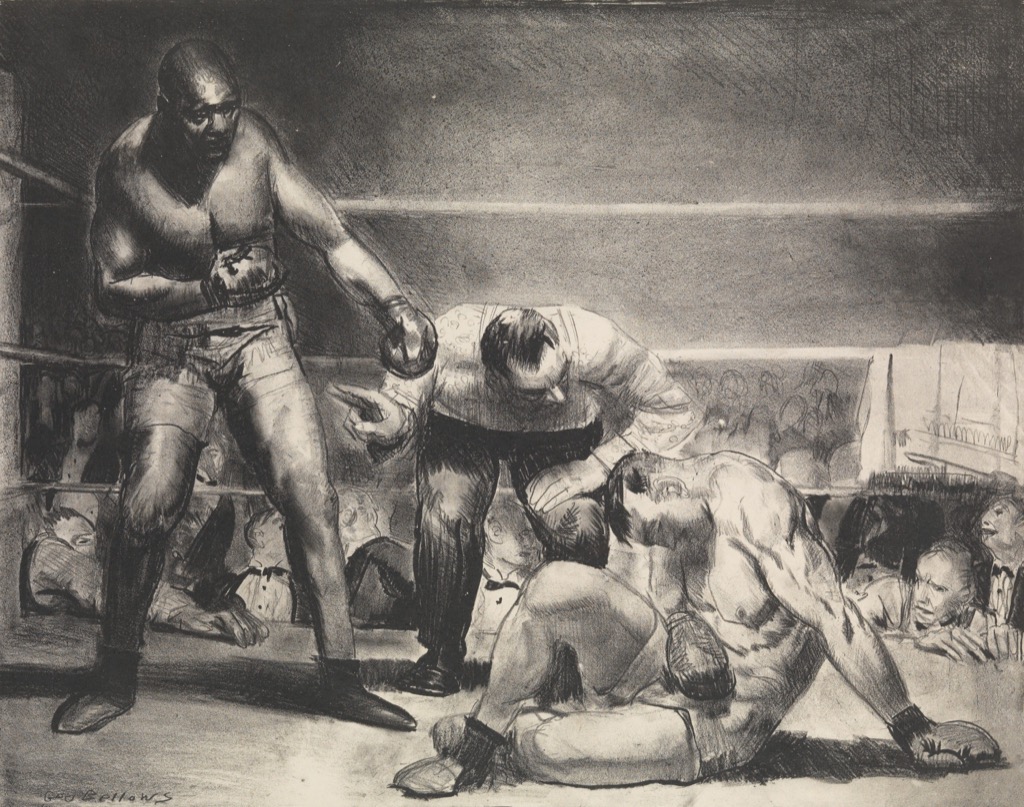
Dozens of race riots broke out across the country when African-American boxer Jack Johnson knocked out white heavyweight champion Jim Jeffries, according to the International Boxing Hall of Fame (IBHOF). Fearing racial violence in the event of a Johnson win, the promoters did not allow the sale of alcohol, according to the IBHOF. More than 30,000 people gathered to watch the fight in Reno, Nevada, in an arena that was built especially for the event.
20
1927: The Lockheed Vega takes its maiden voyage.
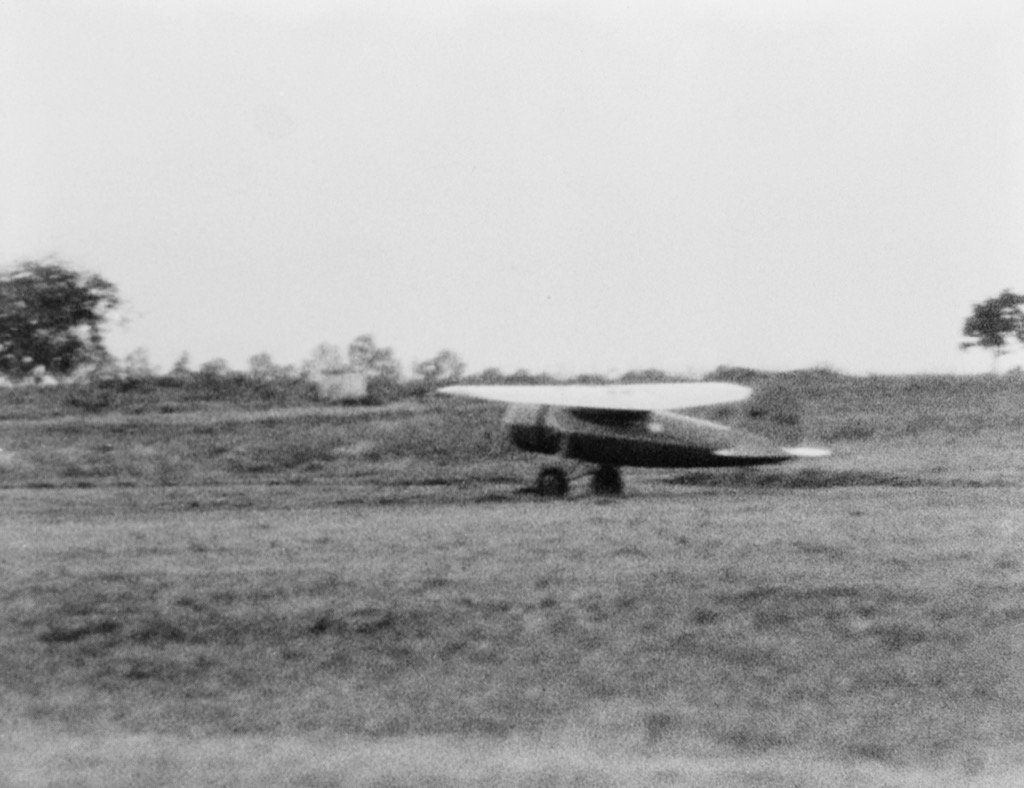
In 1927, the Lockheed Corporation of California built the Lockheed Vega, a six-passenger monoplane designed for long distances. Its first flight on Independence Day of that year began an important chapter in air travel. It was in this type of aircraft that Amelia Earhart made her famous flight across the Atlantic, and that Wiley Post proved the existence of the jet stream.
21
1934: Leó Szilárd patents the nuclear chain reaction.

According to a passage in Richard Rhodes’ landmark The Making of the Atomic Bomb, Leó Szilárd, an influential nuclear age physicist, first developed the idea of nuclear chain reaction in 1933.
Then, in 1934, inspired by research conducted by Enrico Fermi—yes, the very same one behind the Fermi Paradox—Szilárd took things a step further and patented the idea for a nuclear reactor on July 4th. (Fermi and Szilárd famously worked together on the Manhattan Project, putting this exact science into action.)
22
1939: Lou Gehrig announces his retirement.
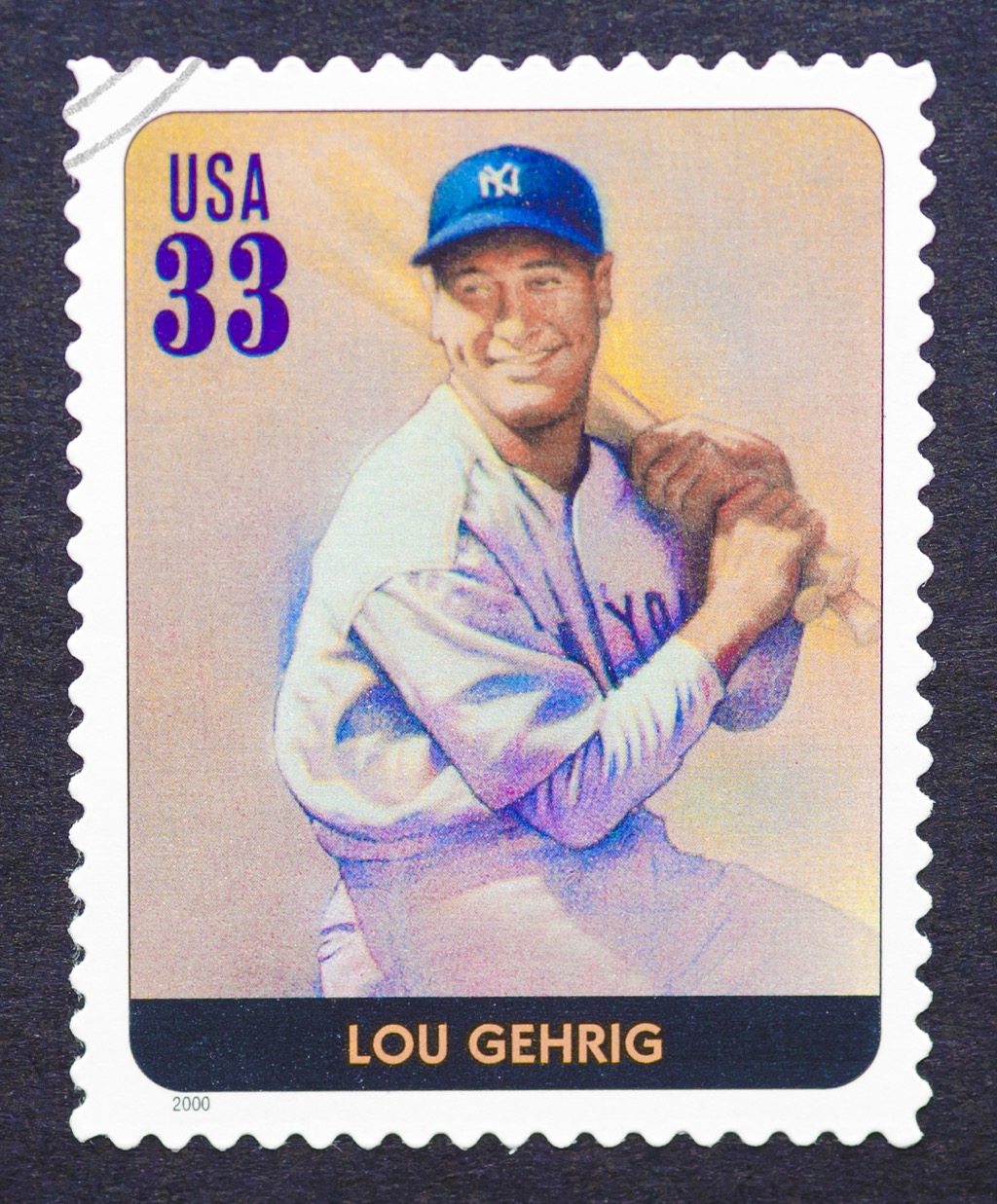
Lou Gehrig, or “the Iron Horse,” is one of the most exalted Baseball Hall of Famers of all time. Gehrig played for 17 seasons and was the first player to have his uniform number (No. 4) retired by a team, the New York Yankees—an honor well-deserved, given his six World Series Championships.
On July 4, 1939, shortly after being diagnosed with amyotrophic lateral sclerosis (which is more colloquially called Lou Gehrig’s Disease today), Gehrig announced his retirement to a sold-out crowd at Yankee Stadium, famously calling himself, “the luckiest man on the face of the earth.”
23
1946: The Philippines establishes Independence from the U.S.
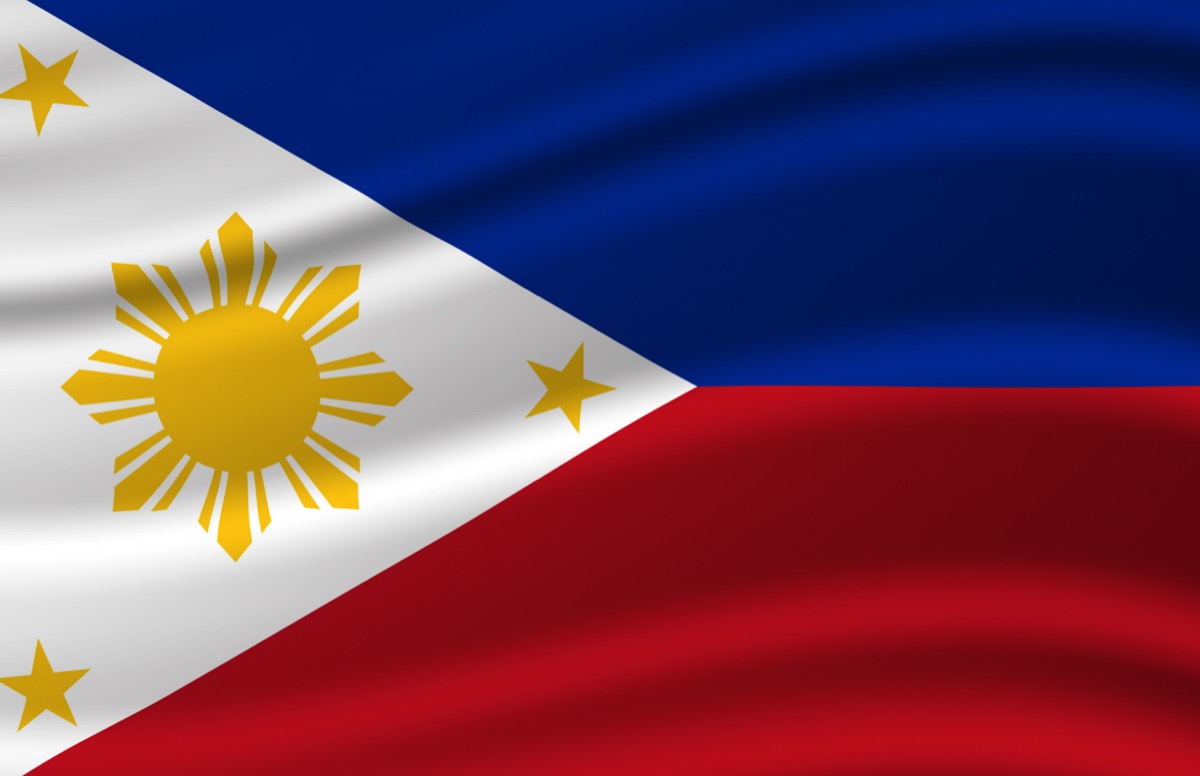
The Treaty of Manila of 1946 was signed on July 4th of that year, ending U.S. sovereignty of the country and formally establishing the independence of the Republic of the Philippines.
24
1960: The American flag receives its 50th star.

Though Hawaii was officially named a state in August of the previous year, the 50th star did not appear on the American flag until it was ceremoniously added on July 4th, 1960.
25
1966: The Freedom of Information Act is signed into law.

The Freedom of Information Act (FOIA) was signed by President Lyndon B. Johnson on July 4, 1966, delighting journalists, researchers, and statisticians alike. FOIA mandates the disclosure of certain information held by the United States government, and today allows the general public to request crime data, trial and court history transcripts, investigative reports, and more.
26
1971: Koko the gorilla is born
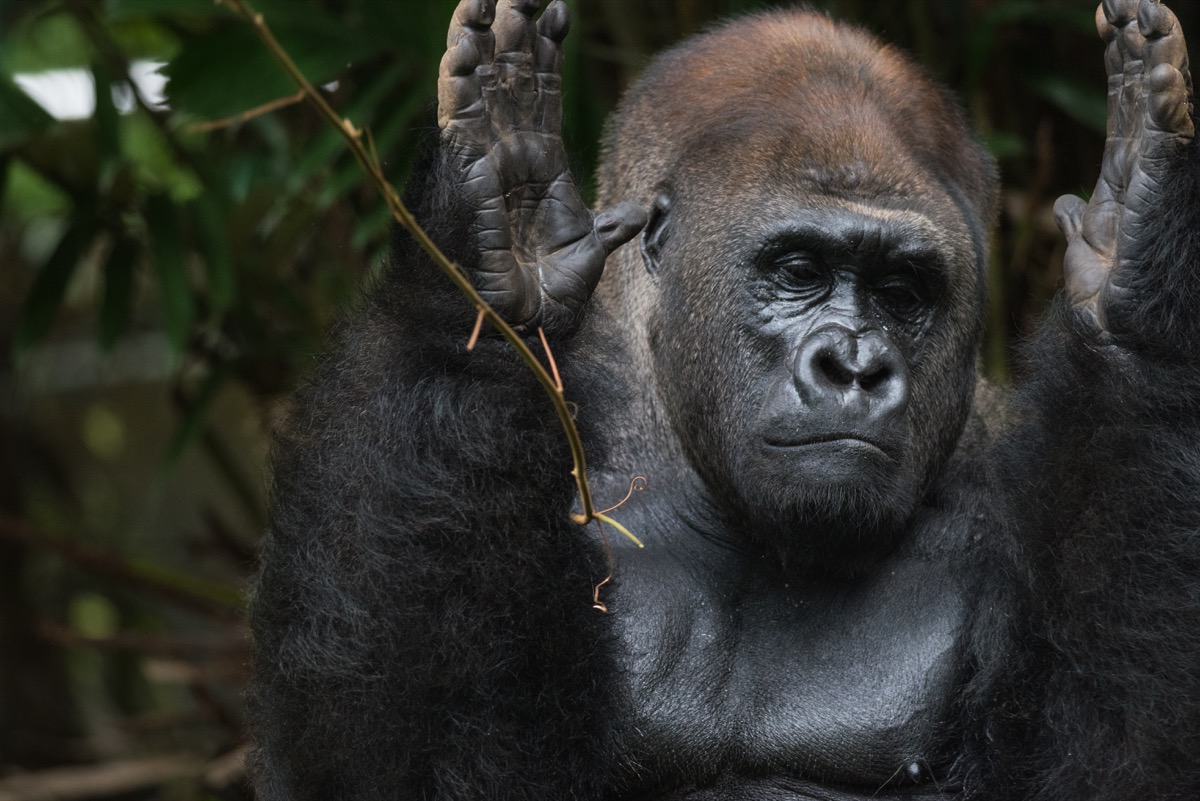
Koko the gorilla is best known for learning to communicate using modified American Sign Language. She was born on July 4, 1971, and was loved and admired by scientists and zoo-goers in and outside of Woodside, California, where she lived; she even adopted a pet kitten. Koko represented significant advancements in the way we study the behaviors of primates. She died in 2018, just before her 47th birthday.
27
1995: Bob Ross dies.

Bob Ross, best known for his fluffy clouds, happy trees, and poofy hair, had his final episode of The Joy of Painting air on May 17, 1994. A little more than a year later, he died of lymphoma on July 4, 1995.
28
1996: Hotmail goes live.

One of the first electronic mail providers, Hotmail, launched the revolutionary idea of accessing your messages from anywhere in the world. The e-mail service, whose name stems from the letters HTML, was sold to Microsoft in December 1997 for a reported $400 million. The company was famous for offering 2MB of free storage. Today, Gmail offers 15GB.
29
1997: The Pathfinder lands on Mars.
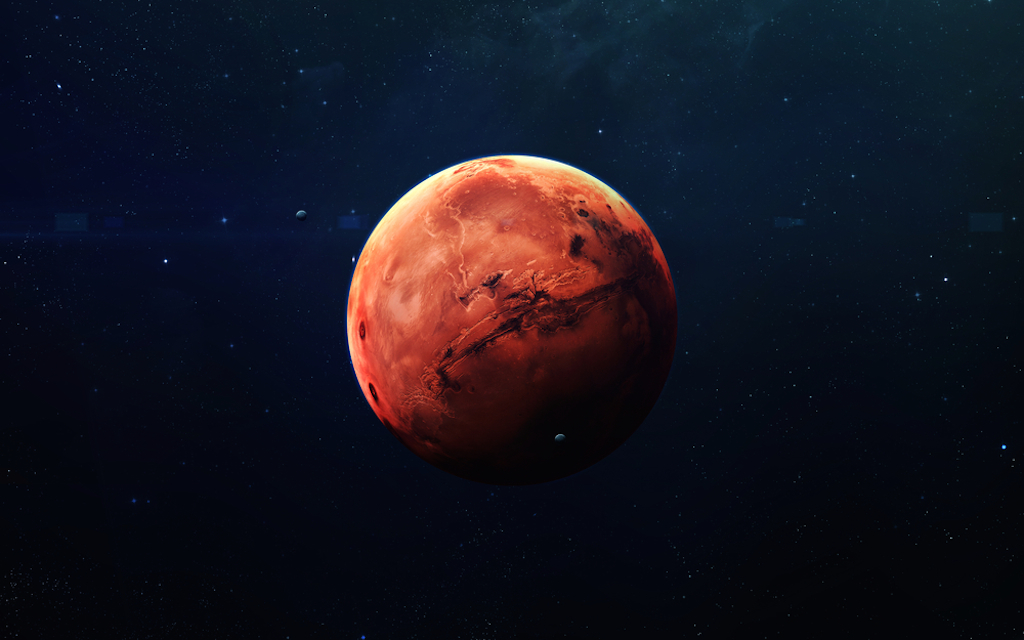
NASA’s Mars Pathfinder was the first rover to go beyond the moon. It fittingly landed on Mars and began its mission on Independence Day of 1997. The 23-pound rover included scientific instruments meant to analyze the big red planet’s atmosphere, climate, and geology, according to NASA.
30
2012: The Higgs boson discovery is announced.

The existence of the particle known as the Higgs boson was theorized in the ’60s, but on July 4, 2012, the discovery of a new particle with a mass between 125 and 127 GeV/c2 was announced. This particle is of critical importance to the field of particle physics, and can conceivably help scientists determine the fundamental properties of how mass works, how matter decays, and how the sun creates such limitless caches of energy, according to Scientific American. And if you’re looking to get into a more patriotic spirit, pick up one of these 23 Red, White, and Blue Accessories You Need This Fourth of July.
To discover more amazing secrets about living your best life, click here to follow us on Instagram!